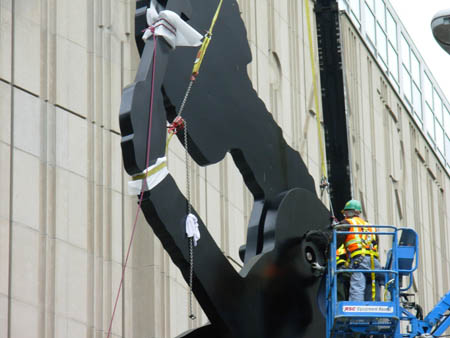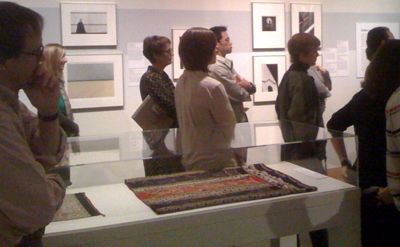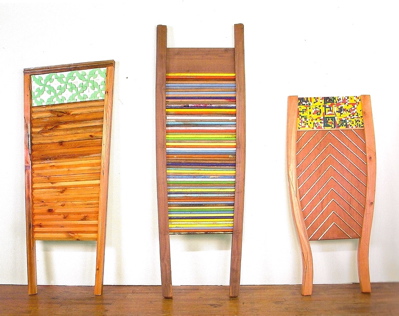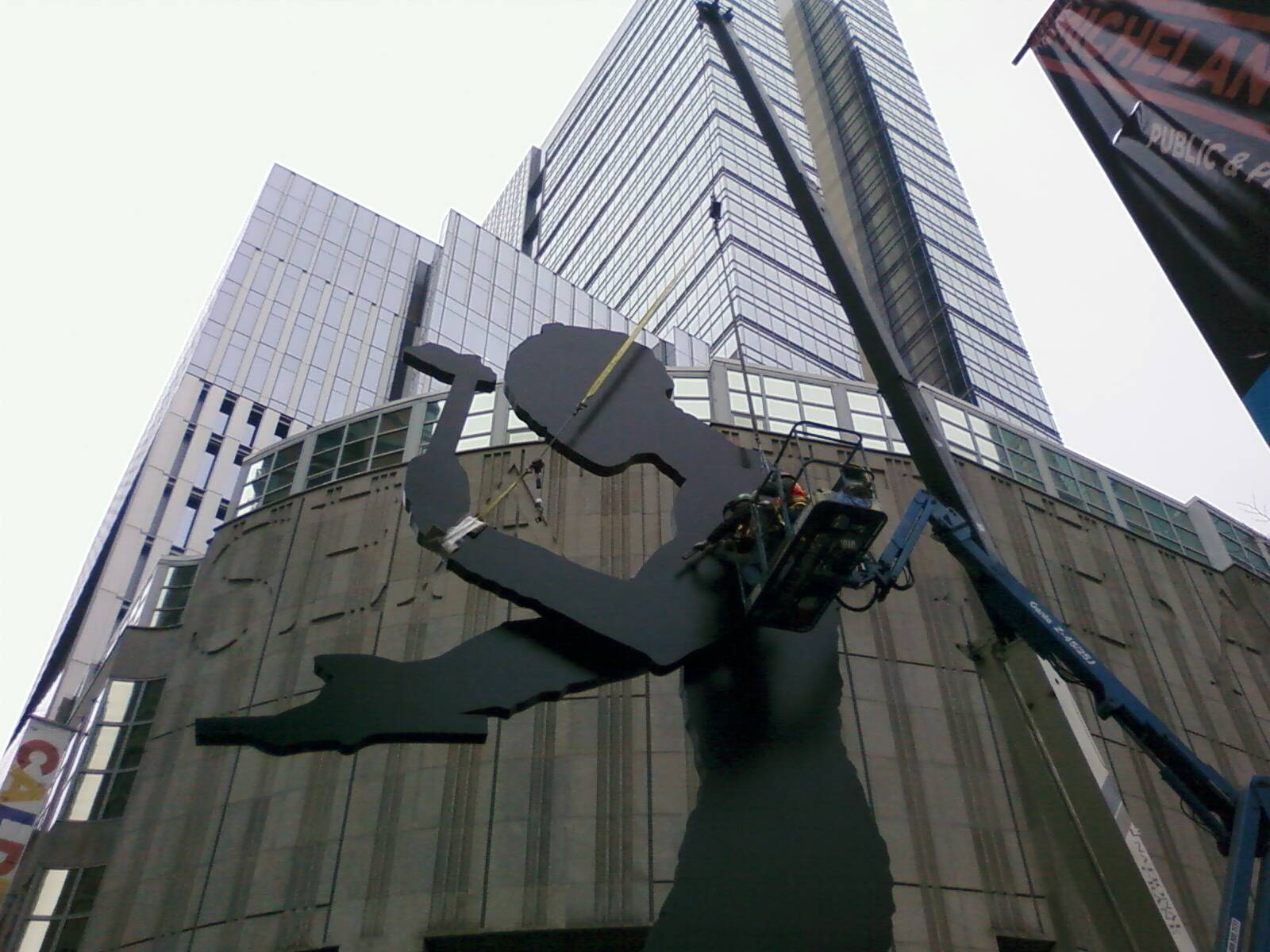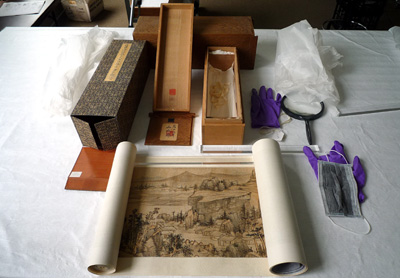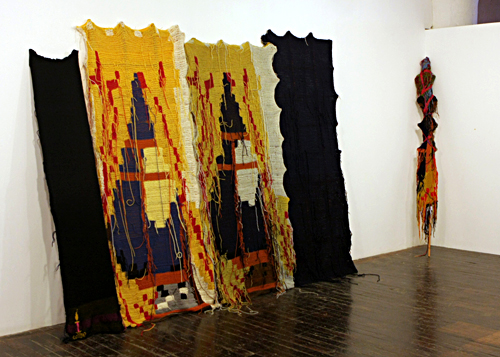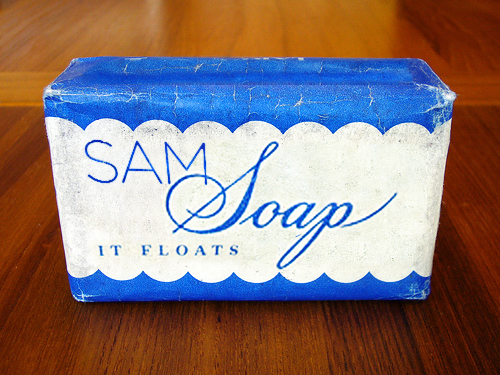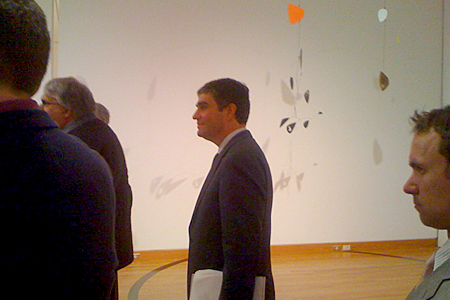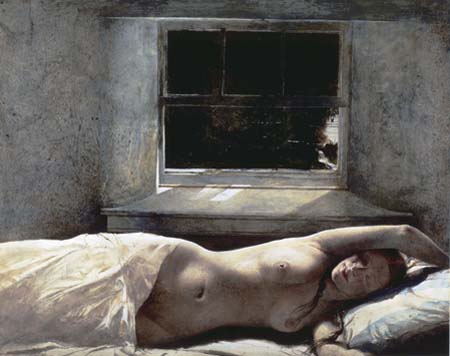Behind the Scenes: Unconventional Portrait Workshop
As SAM’s summer exhibitions Kurt and love fear pleasure lust pain glamour death—Andy Warhol Media Works opened last week, the Adult Public Programs team has been working hard to get ready for all of the affiliated lectures, performances, tours and June 4th SAM Remix. The simultaneity of these two exhibitions is exciting from a programmatic standpoint because we have the opportunity to use educational experiences to explore some of the conceptual connections between works in both. One of the projects I have focused on developing in recent months is a set of three classes that are part of our adult workshop series “SAM Creates.”
